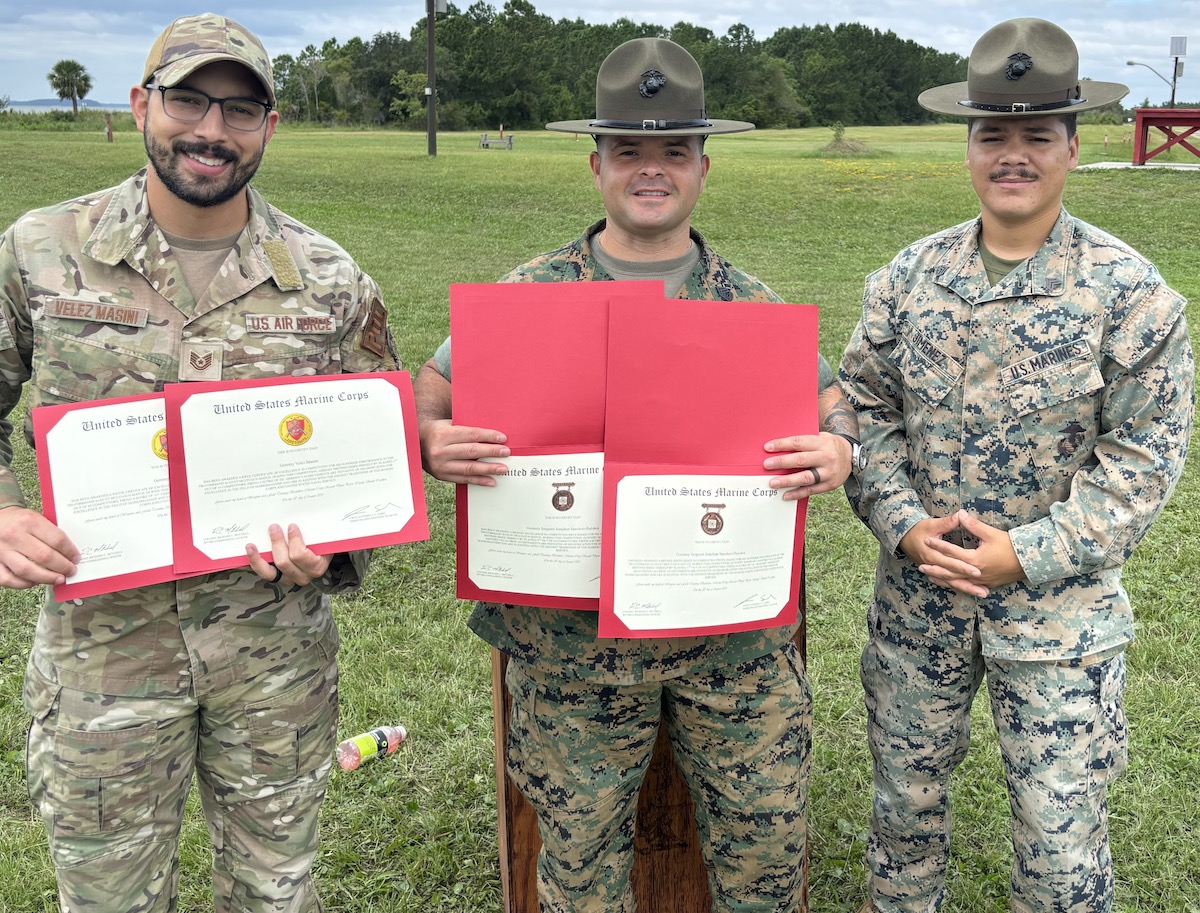By Larry Dandridge
According to the VA Home Loan Guaranty Buyer’s Guide, at https://bit.ly/3B2o0hm, before buying a home, you should consider the costs and benefits of homeownership. While renting a home can offer flexibility and limited responsibility for maintenance, rent can change over time, the owner can sell the property, and you may or may not receive your security deposit when you move.
Advantages of home ownership
Over the long term, home ownership can offer benefits such as relatively stable monthly mortgage payments and a way to build wealth for you and your family. The VA recommends determining your priorities before buying a home, such as what you are willing to spend each month on a mortgage and what other expenses (taxes, transportation, food, insurance, healthcare, childcare, phone, utilities, etc.) you must consider. Only you can determine what meets your housing and financial needs.
Helpful tools
The Consumer Financial Protection Bureau (CFPB) offers tools and resources to help you find the right home loan at https://bit.ly/4gP9OJ0. This site warns against scammers targeting home buyers days before closing on their new home. This webpage has excellent advice on what you should do BEFORE you make an offer on a home. The site has a credit report checklist, a spending tracker, how to explore loan choices, a loan estimator, a closing checklist, a closing disclosure explainer, a guide to closing forms, and more.
Beginning the VA Home Loan process
Below are the general steps for starting the home-buying process.
1. Apply for your Certificate of Eligibility (COE): The COE verifies to your lender that you qualify for the VA home loan benefit. If you have used your loan benefit in the past, a current COE may be helpful to know how much remaining entitlement you have or to ensure your entitlement was restored for previous VA-backed loans that were paid in full.
2. Review your current finances: Review your credit profile, income, expenses, and monthly budget to ensure you are ready to buy a home. Decide how much you want to spend on a mortgage and be sure to include closing costs in the price. Get more advice from the Consumer Financial Protection Bureau.
3. Choose a lender: You can get your loan through a private bank, mortgage company, or credit union. Lenders offer different interest rates and fees, so shop around for the loan that best meets your needs.
4. Choose a real estate agent: Meet with several real estate agents and select one to represent you. You can take your lender’s “Pre-Approval Letter” to your real estate agent. Before signing with an agent, read all agreements and make sure you understand any charges, fees, and commissions. Real estate agents work for you.
5. Shop for a home: Look at houses in your price range until you find one that works for you.
Some helpful tips
- Know your lender’s credit requirements: The VA does NOT require a minimum credit score, but most lenders will use a credit score to help determine your interest rate. Typically, lenders may want borrowers to have a minimum credit score of 620 unless there is a large down payment.
- Know your credit history: The Consumer Financial Protection Bureau (CFPB) recommends borrowers get a free copy of their credit report from the three nationwide credit reporting companies. Credit reports may affect your mortgage rates, credit card approvals, apartment requests, or job applications. This offers an opportunity to correct errors and strengthen your scores. Visit https://bit.ly/3Y1h1y1 or use the automated phone system at 1-877-322-8228 to check your credit scores.
- Shop around for a lender: Lenders offer competitive interest rates, fees, and closing costs on VA-backed purchase loans. Start by looking around for a network of people and information you trust to help you. Start gathering facts about your finances. You should ask multiple lenders for a loan estimate and review the helpful guide on comparing loan offers at https://bit.ly/3Y7sIn3. Explore interest rates with CFPB’s Interest Rate Explorer at https://bit.ly/3Y86fVN.
- Loan term: VA loans can be issued for 30 years or 15 years. Shorter-term loans typically have a lower interest rate and lower total cost but also have higher monthly payments. See more comparisons at https://bit.ly/4gJMZWW. For VA home loans, you can pay off (amortize) your loan with NO penalty or early payoff fee.
- Fixed or ARM: VA loans can be fixed-rate or adjustable-rate mortgages (ARM). The most common option is a fixed-rate mortgage. This option has a set principal and interest payment throughout the life of the loan, no matter how rates change nationally. However, due to local property taxes and insurance changes, your monthly mortgage payment may increase slightly each year. The ARM loan’s interest rate is adjusted periodically based on an index. These loans may have a low introductory rate, but the rate can grow over time, and so will your monthly mortgage payment. More information is available at https://bit.ly/4gJMZWW.
- Energy and improvements: The VA offers two loan options that can be utilized with a VA purchase or refinance loan. These loans must be closed along with your VA loan. See the Energy Efficiency Improvement and Alteration and Repair loan sections in the VA Home Loan Guaranty Buyer’s Guide.
- Purchasing a condo: VA maintains a list of approved condos. If the condo is not on the list, the project must be submitted to VA for review to ensure it complies with VA requirements. See Chapter 10 of the Lenders Handbook. For additional questions, you can contact VA at 1-877-827-3702.
- Selling your current home to buy another: Generally, you can hold multiple home loans if you can afford all the loans. If your plan to purchase a new home is contingent on selling your current home, your lender can disregard the payments on the outstanding mortgage(s) and any consumer obligations you intend to clear. Just be sure to speak with your lender regarding any required documentation.
- Adverse items on your credit: In circumstances not involving bankruptcy, satisfactory credit is generally considered re-established after you have made satisfactory payments for 12 months after the date the last derogatory credit item was satisfied. In cases of bankruptcies, see Chapter 4 of the Lenders Handbook, Topic 7: Credit History.
The VA Home Loan Benefit is complex but well worth the effort!
Larry Dandridge is a Vietnam War wounded warrior, disabled veteran, ex-Enlisted Infantryman, ex-Warrant Officer Pilot, and retired Lt. Colonel. He is a past Veterans Service Officer, a Patient Adviser at the RHJ VA Hospital, the Fisher House Charleston Good Will Ambassador, and the VP for Veteran Affairs for the local Army Association Chapter. Larry is the author of the award-winning book Blades of Thunder and a contributing free-lance writer with the Island News. Contact him at LDandridge@earthlink.net or 843-276-7164.









